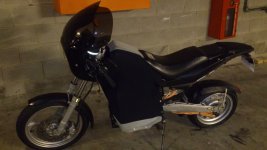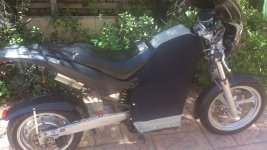hillzofvalp
100 kW
Busy. MAybe next week when I diagnose the tire and reprogram kellys
hillzofvalp said:I would only fill it part way. OTher tests done showed little improvement filling above about 300ml-400ml. oil won't seep through wires if it's low
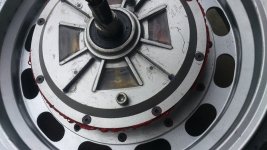
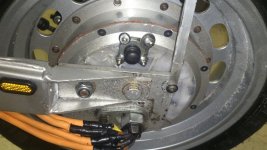
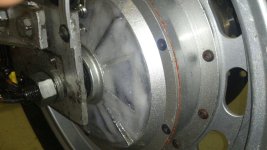
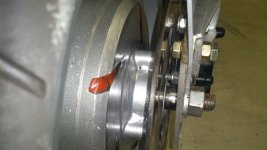
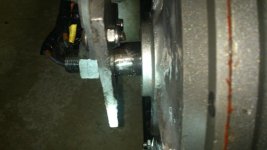
Bluefang said:Don't really need to...
Bluefang said:Yes i know air cooling works. Yes i have already built motors with vanes inside them to assist in air movement. With some more work and perfecting air cooling then maybe it will be better then oil cooling. My problem is i wanted a fully sealed motor.
But. The oil cooling that has been done already on this forum is not FULL oil cooling. And it is not on a well designed motor that can be setup for oil cooling properly. GCinDC does a great job of providing data, but the motors he is using do not lend themselves to oil cooling and due to having no actual oil seals(rubber sealed bearings ARE NOT oil seals). Also due to leaks the lower amount of oil does not help much, as i am pretty sure it was noted that almost no oil came out from his motor when he pulled it apart. 100ml is very different to almost 1l.
With the hub-monster you have a well machined shaft with proper bearings AND oil seals all that is left is to have a expansion baffle/diaphragm etc and seal the motor up properly in the wire slot. Difficult to get a good seal as i am finding out with my rushed jobs along with rewiring my bike and having a relay and contactor fail its been a shiet effort. Having started with a air cooled motor was not ideal and that is currently where my leaks are coming from.
To answer the question as to if the full oil cooling works the answer is a resounding HELL YES. To the sealing of the motor with the expansion setup HELL YES. To my sealing of the vents i had cut for air cooling.....well it worked great for one long run, started leaking on the recent test so i am halting everything till i can seal it up better, so HELL NO.
On a run into work and back, normal temp arriving to work with out oil was ~90. With oil it was 63. On the run home with out oil and zero traffic so i could go nutz its normally 122. With oil its 75. On todays test doing accelleration, brake/regen, accellerate, regen, accellerate for 15min. With previous air cooling it was hitting over 100, with oil it crept up to 80. The motor shell temp was within a few degrees of the coil temp from CA. Its for a long term commuter vehicle. I do not want to have to worry about getting something inside the motor and atm Oil cooling is working for me, just gota cover the slots i cut better.
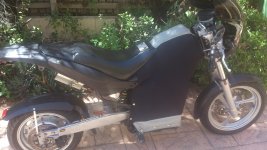
O, that is no problemo. Magnets will stay in place until the whole ring is loose and finally magnet ring spins around the stator with no wheel on it. Very peaceful but noisy event. :lol:John in CR said:or the fast moving oil getting under the epoxy and having magnets come loose.
![DSC_0390[1].jpg DSC_0390[1].jpg](https://endless-sphere.com/sphere/data/attachments/73/73849-a8f4d9755cdb19630bbf776c48156ceb.jpg)
